While art school provides a structured foundation for technique and guidance, Yolanda’s journey demonstrates that success can also come from forging your own path. By immersing herself in Joburg’s artistic scene and learning through workshops, artist residencies, collaborations and developing her unique visual language, Yolanda carved out an education that was entirely her own, “As a self-taught artist, I couldn’t rely on a degree and some kind of formal expertise. Instead I focused on networking, meeting different people and understanding different perspectives. I did a lot of workshops, artist residencies, and a lot of practice. I’m an introverted person but I had to connect with people and ask questions.”
Yolanda’s visual style is deeply rooted in her abstraction of the human figure. Her characters, or “blobs,” as she affectionately describes them, inherit the legacy of humanity’s earliest artistic techniques. These “flaky blobs” are central to her practice—a playful yet profound exploration of the female form in its most abstract and emotive manifestations. The concept of the abstracted figure has long served as a universal method of symbolising emotion and ideas. The concept of the abstracted figure is our most visited means of symbolising emotion and ideas. As a powerful medium, the figure often serves a dual-purpose as an expression of the individual making sense of the collective experience. As Yolanda explains, “I didn’t start with paintings as my chosen medium. Initially, I explored portraiture and experimented with techniques before finding my own artistic direction. I then got really interested in experimenting with the concept of ‘the figure’, and refining what was unique to me about it.”
I ask Yolanda where she thinks her drive came from, to know instinctively that this was her path? “I was trying to find myself. I didn’t find my strengths in an academic setting and I knew that I needed to do something creative — it was going to be painting or culinary arts. I am a much better critical thinker and far more expressive when I work with my hands.”
Underpinned by deep crimson tones, fiery scarlets and vermilions — Yolanda’s style is distinct and her subject matter is profoundly visceral, such that one can spot a Mazwana work before knowing that it is indeed, hers. Each of Yolanda’s works is evocative, as if capturing an outward reflection of all that is ineffable about the feminine experience — all the depth, all the horror, all the discomfort, all the power and all the joy. On her narrative direction, Yolanda shares that “I had to find my narrative and what I wanted to express in my work. My empathy and deep curiosity about the female body—its conditions, both physical and emotional, and the experiences it undergoes—are important to me. Social issues are very significant—everyday life and everyday conversations. I drew on these profound discussions to examine the complexities of the female body, shedding light on experiences often left unspoken. My explorations celebrate the resilience of women while creating space for reflection and dialogue about the intricate relationship between the body, health, and identity. I naturally felt an intuitive process unfolding in what I wanted to convey through my work,” she explains. “My first body of work, Secret Home Girls, was about the fear of the outside world. A lot of us, as Black women, were trying to describe what that meant to us—how do you even explain that in English? It’s agoraphobia,” and Yolanda adds that, “the next step was to channel that through painting, and my figurative style was born from this process.”
Why red? I mean, I can attest to the profound effect red has on me personally and its recent resurgence in contemporary culture (especially fashion) has felt like a sign of the complex times we live in. Red has never, though, left the realms of artistic expression and as Yolanda poignantly notes, “red is the emotional state of the physical body. I use red to describe those really difficult conversations and depict what is happening in the physical body and in the mind, particularly the female body. I talk about reproductive health, mental health and femininity and sensuality and when I try to explain that, I use red. Red is a very powerful and feminine colour and I needed the colour I chose to embody both those qualities.” Red, for Yolanda, embodies the emotional and physical states of the female body. Through its different shades she explores the complex themes like reproductive health , mental wellness and the unspoken stories held within the body. It is one thing to master a particular technique or stylistic approach, but to take a single colour and exalt it across varying shades and contexts, over and over again, speaks to a kind of mastery that Yolanda has come to embody as an artist; ever-fresh, ever-thoughtful works are her consistent offering to the world; “it’s not just about the message — it’s about the medium and the technique all coming together to express the full picture,” Yolanda points out.
Recently, Yolanda has ventured into sculpture. After years dedicated to painting, Yolanda says “I started making sculptures around eight months ago, so it’s a very new medium for me. I am one of the only people in my ceramics class who does sculpture. I think it’s a bit weird for people to see me putting together all these really weird forms, while everyone is making plates — and I’m making my blobs!”
As though she has reached into her paintings to pull out and extract her figures into physical form, Yolanda shares that this was indeed the intention, that “I had wanted to find a third-dimensional way to build on the figures that I paint. The thing with ceramic is that you never know how the colours or shape will hold before firing, so it’s an interesting journey.”

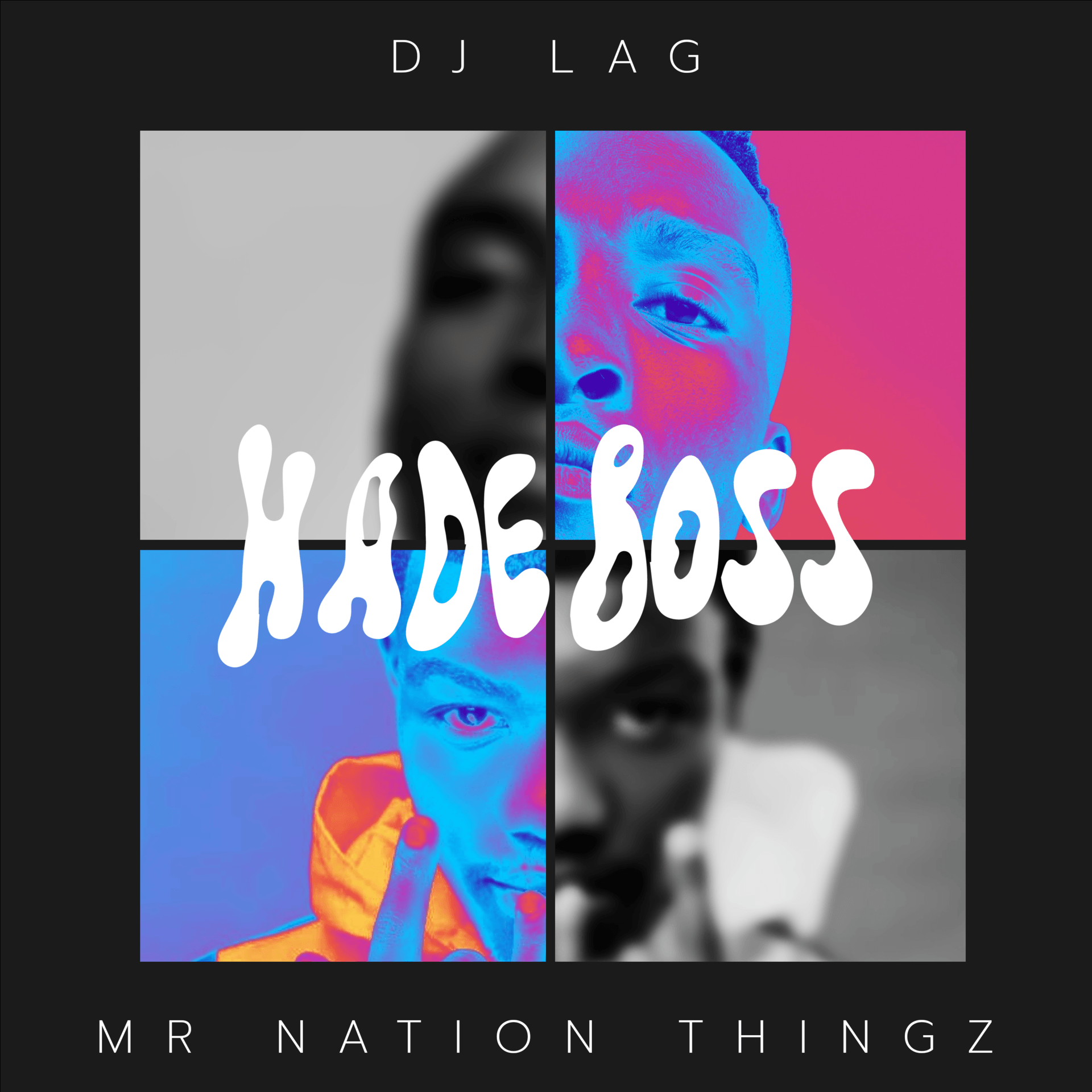
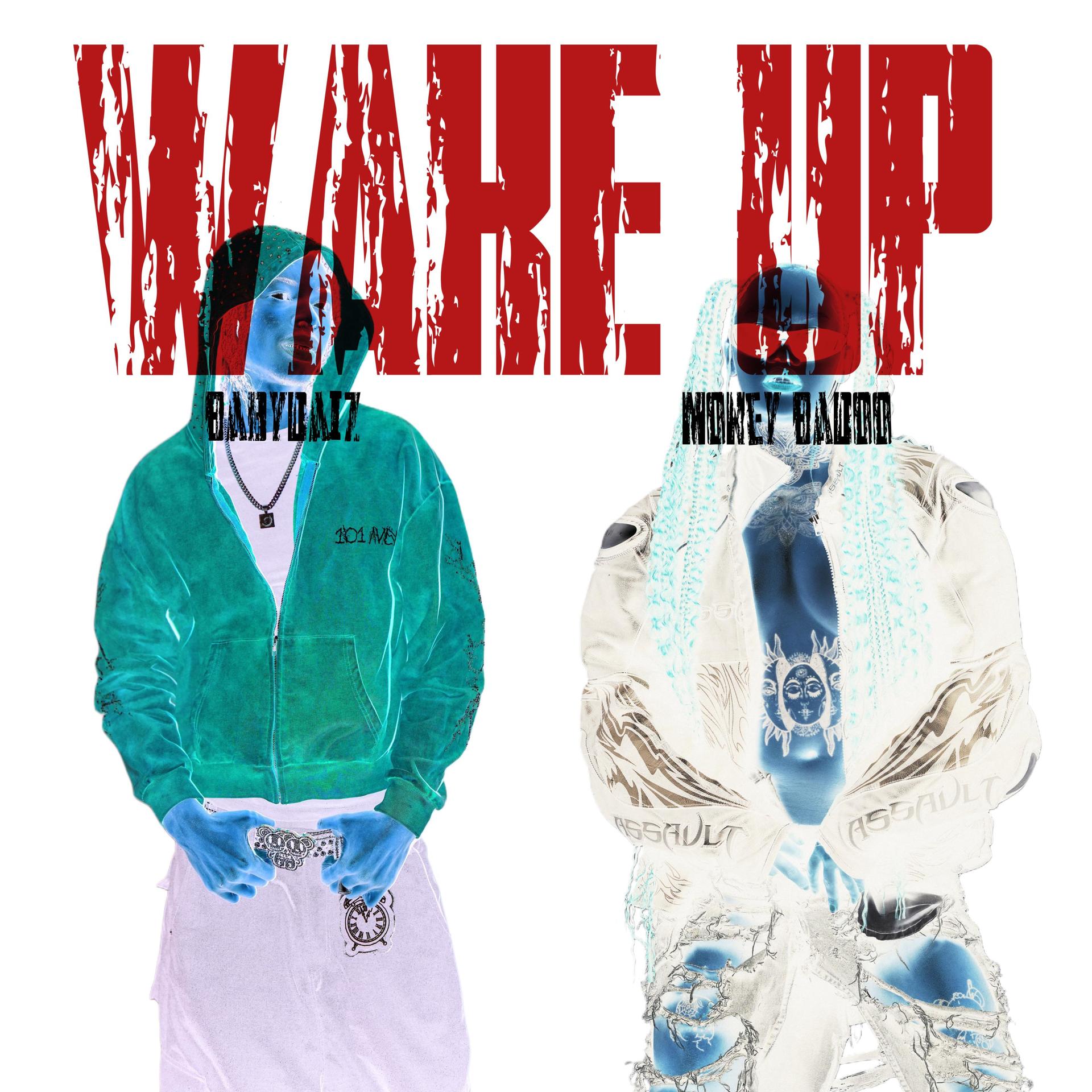
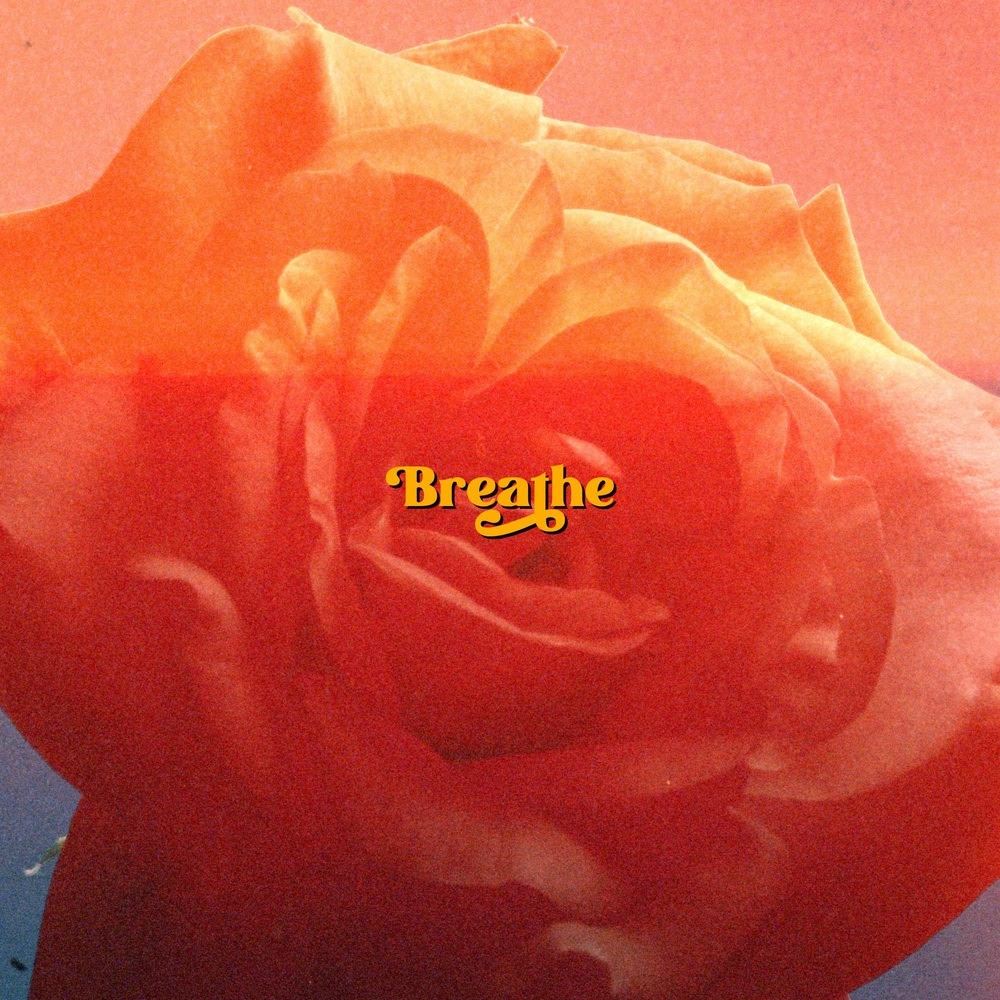
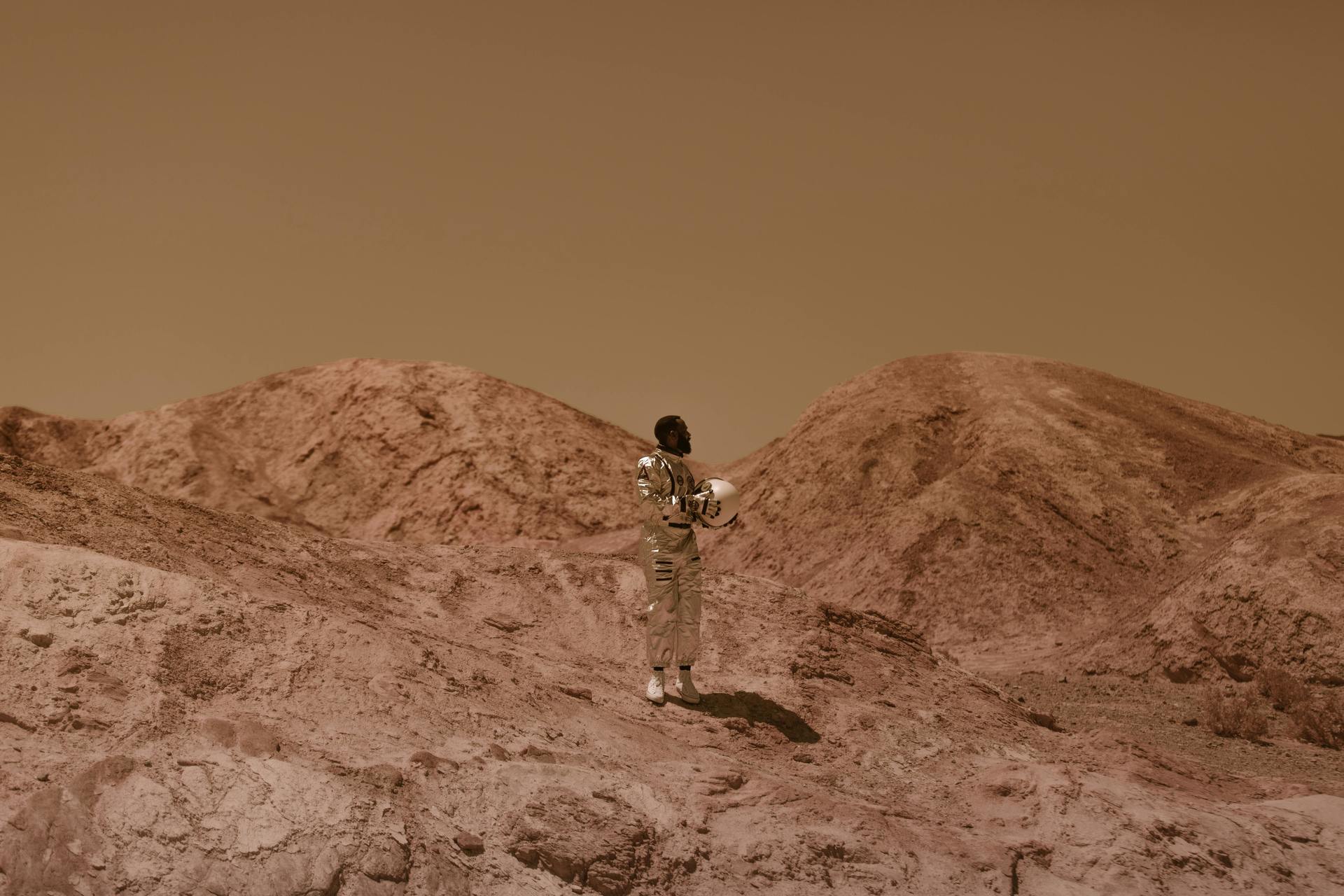
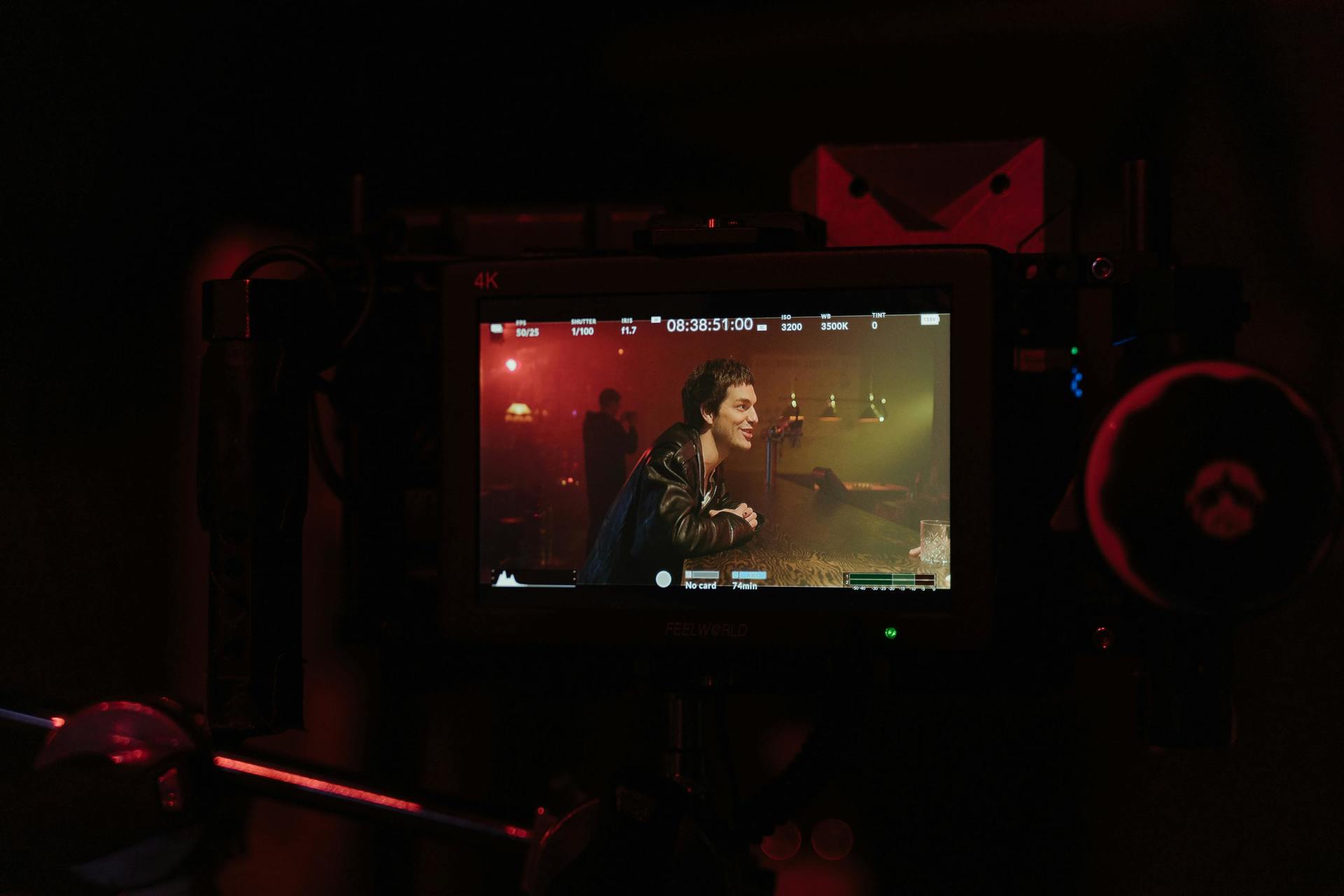
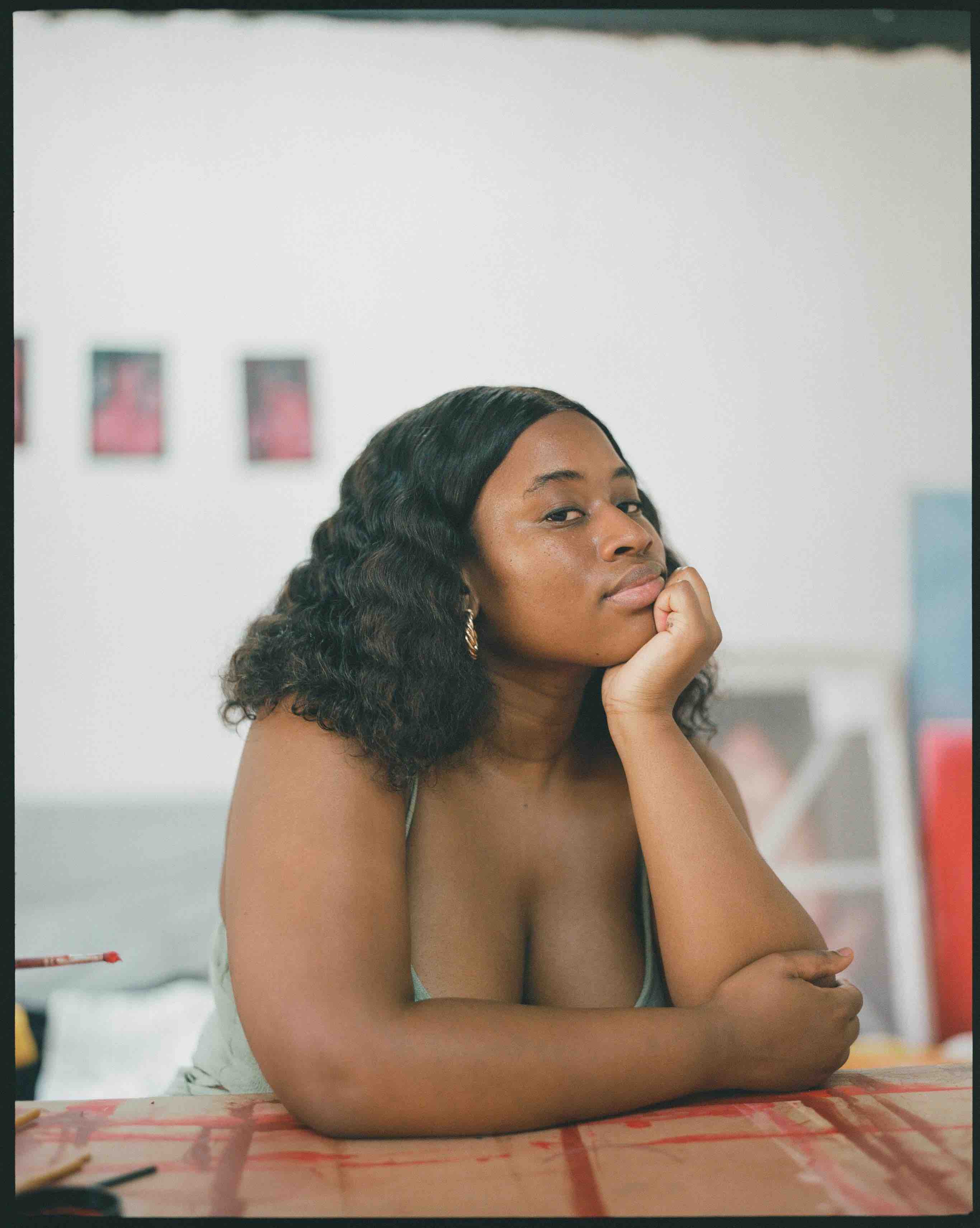
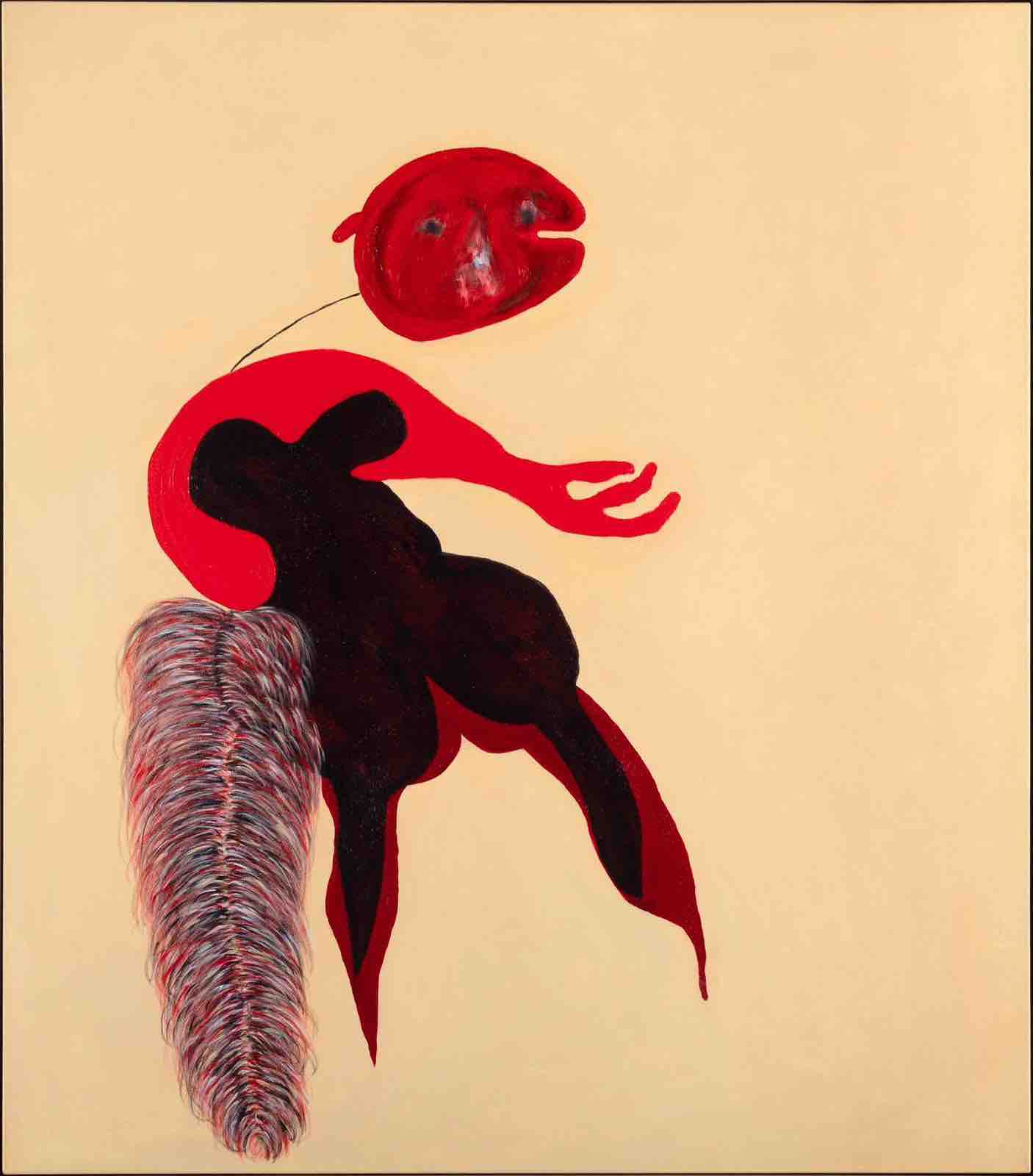
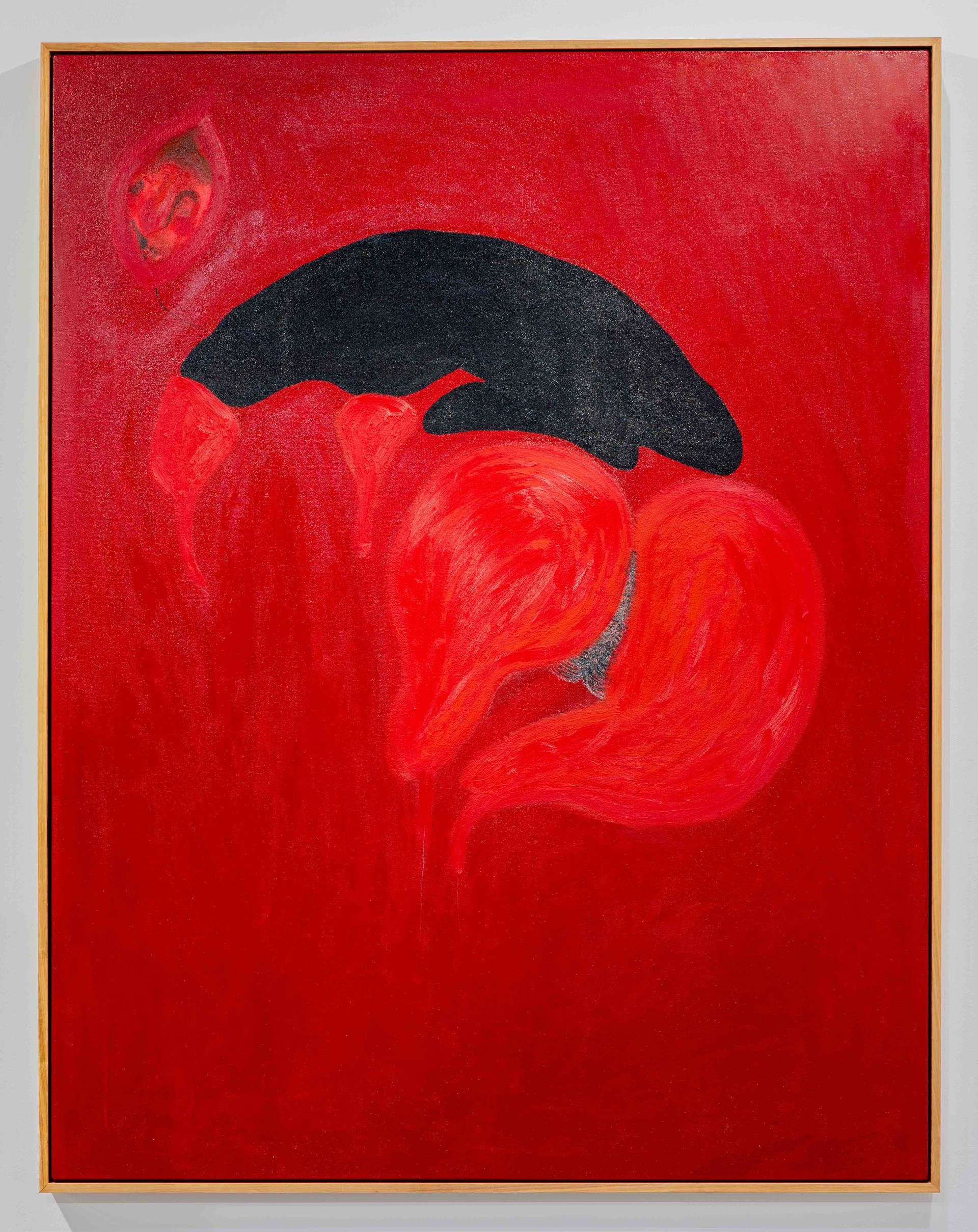
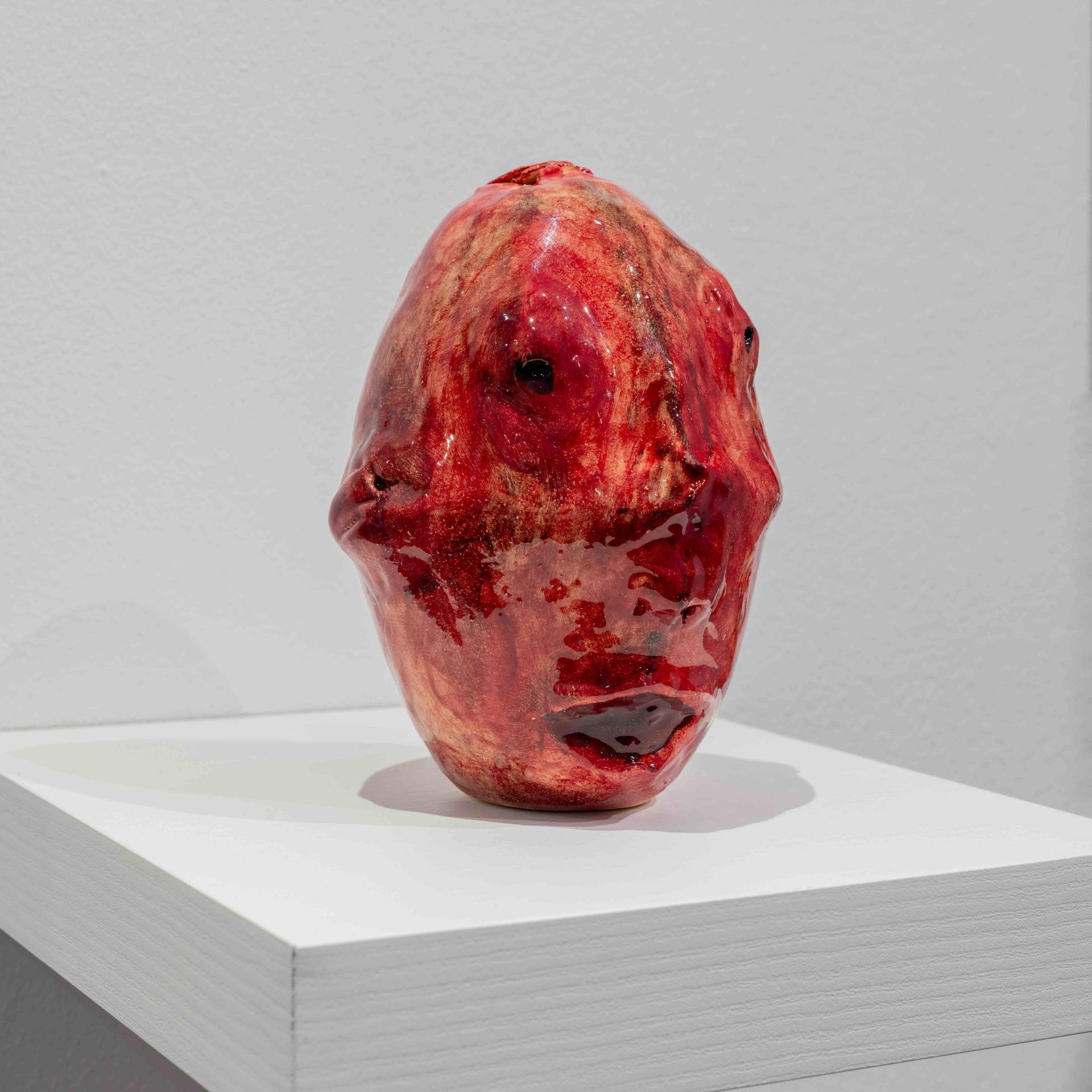
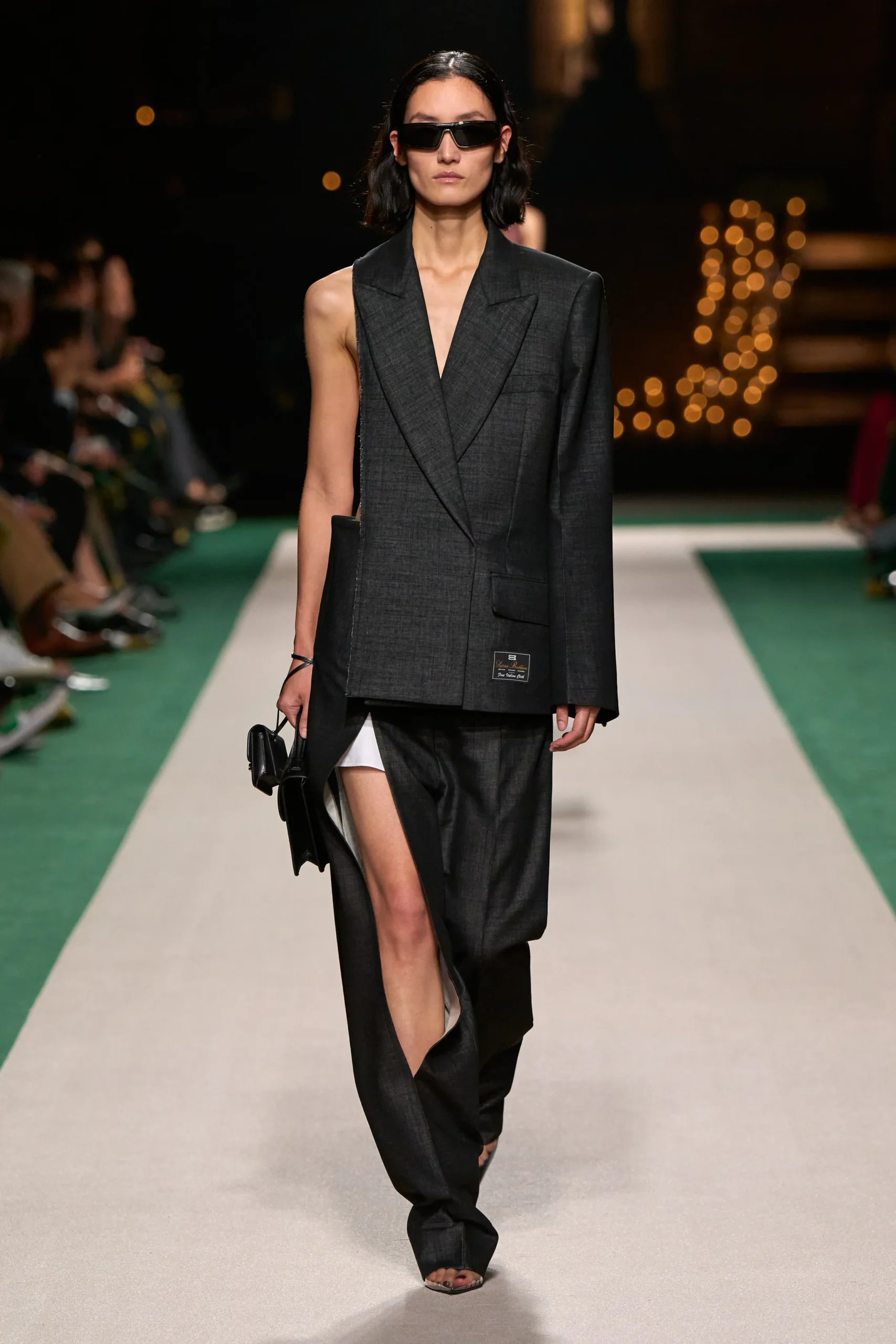
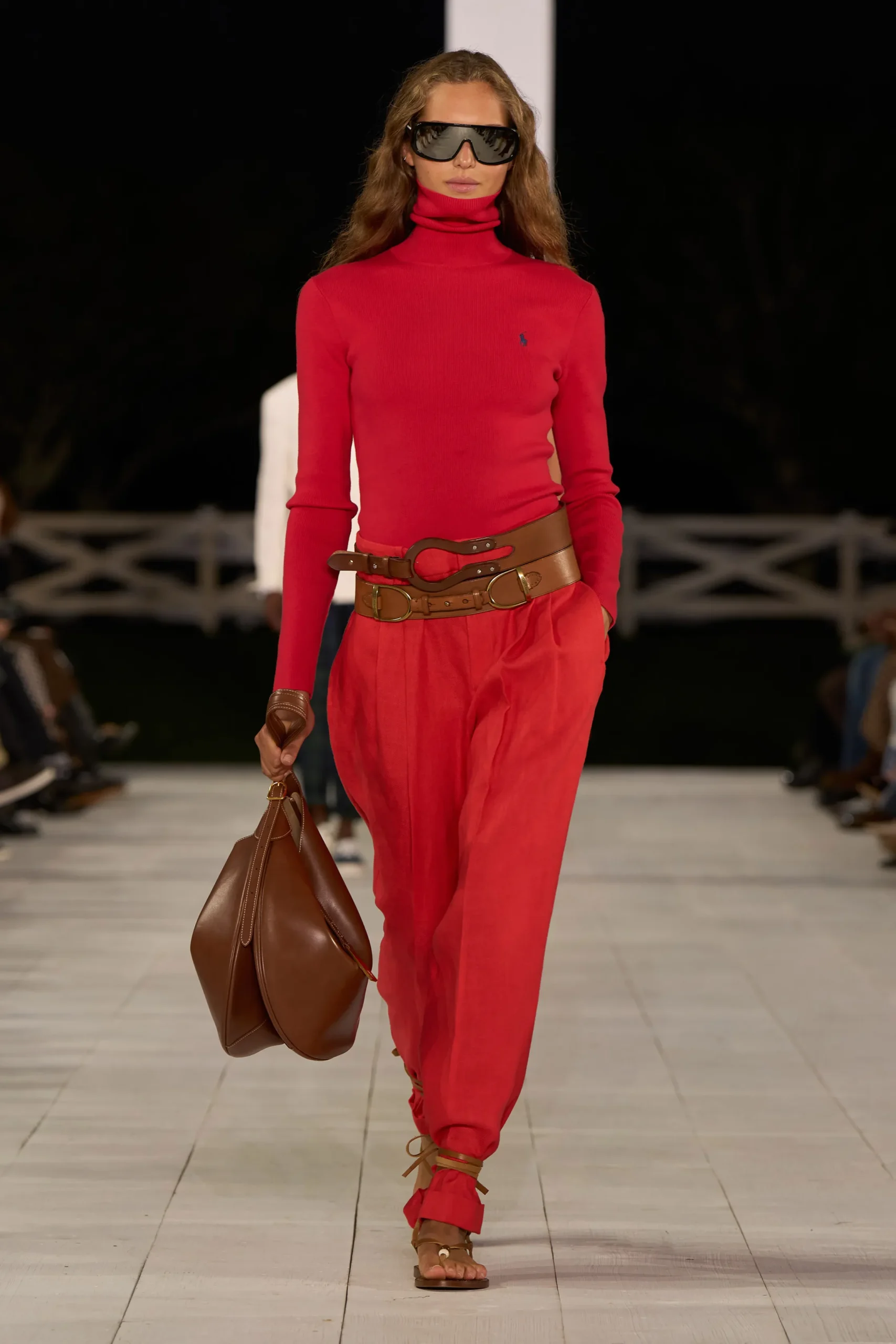
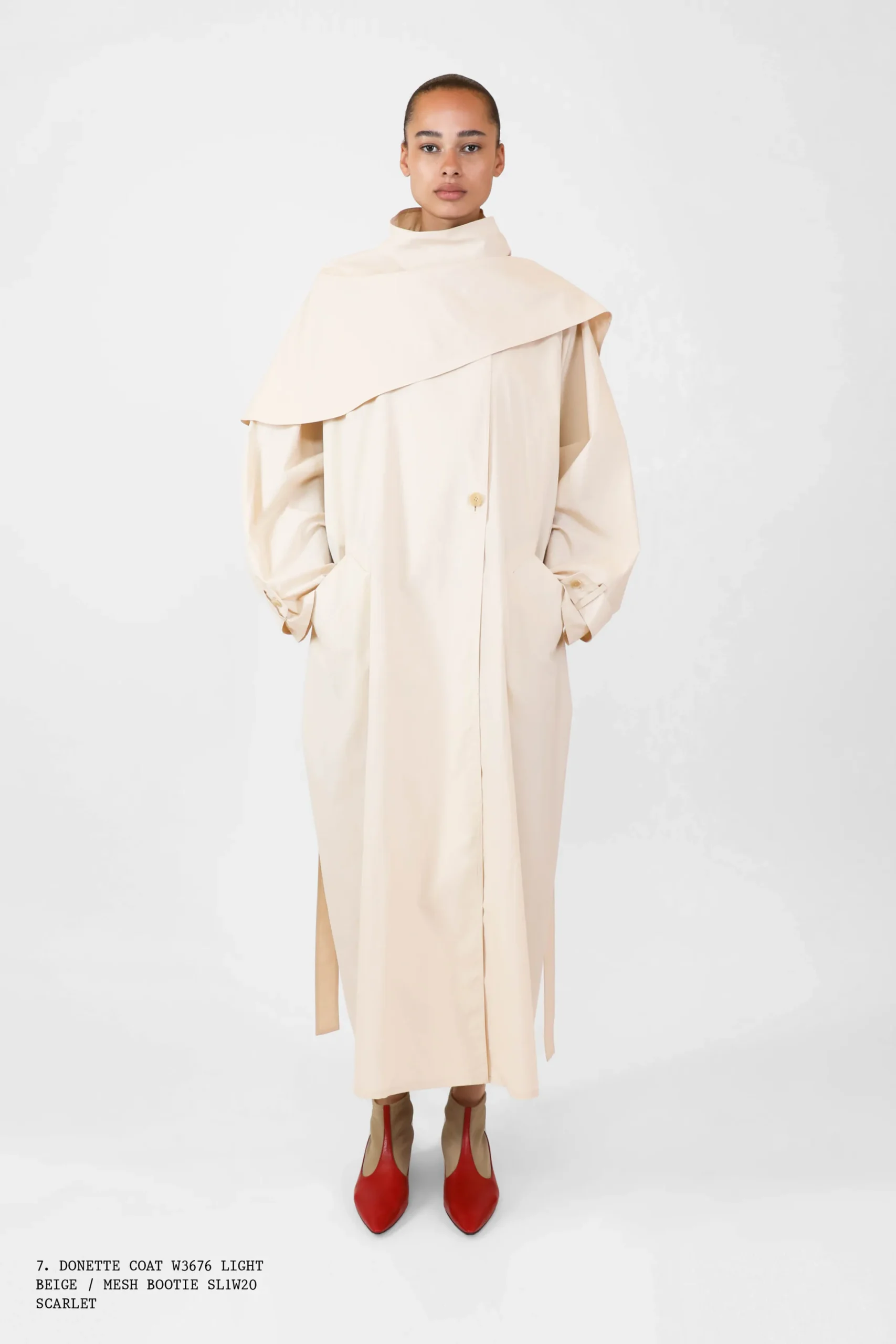
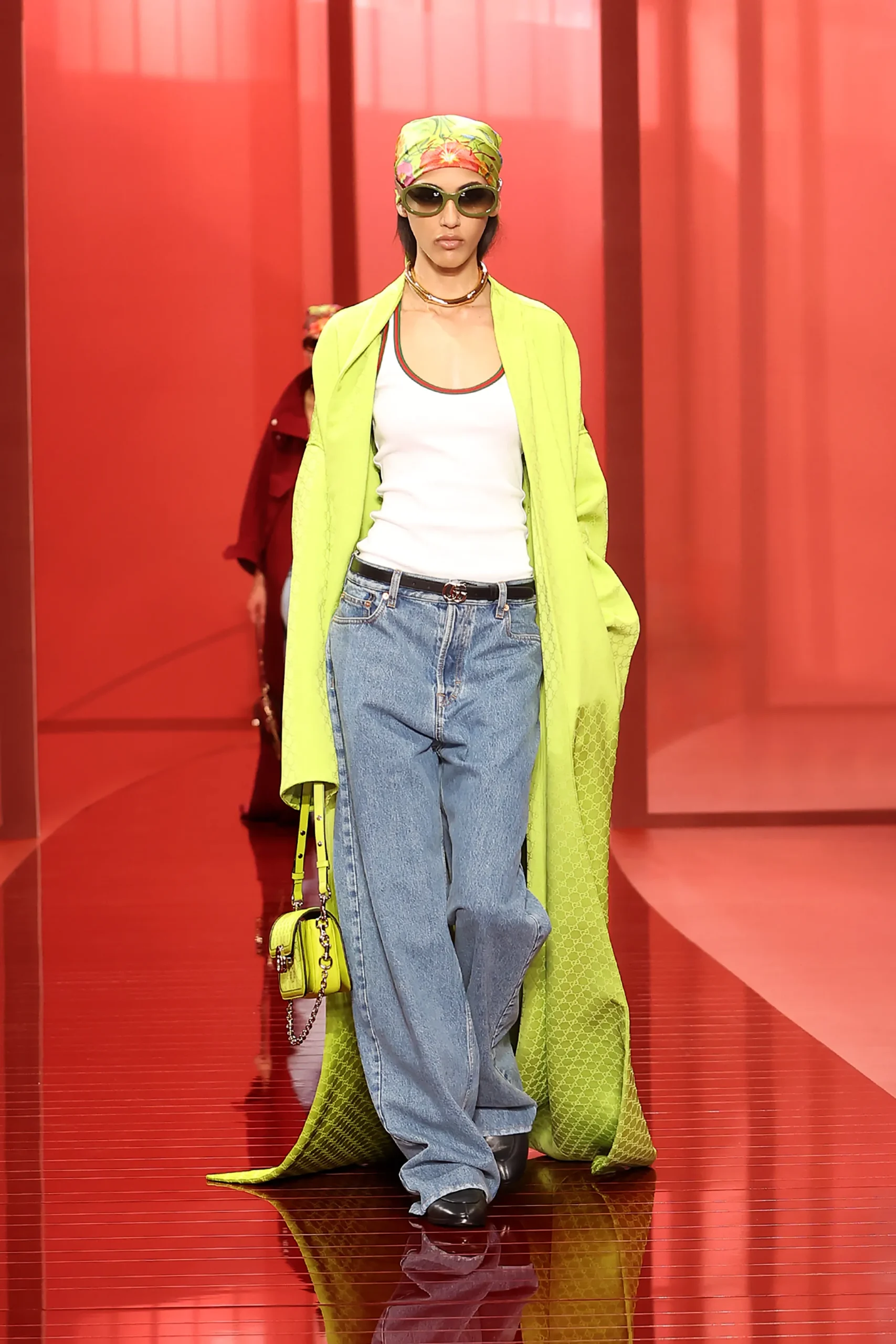
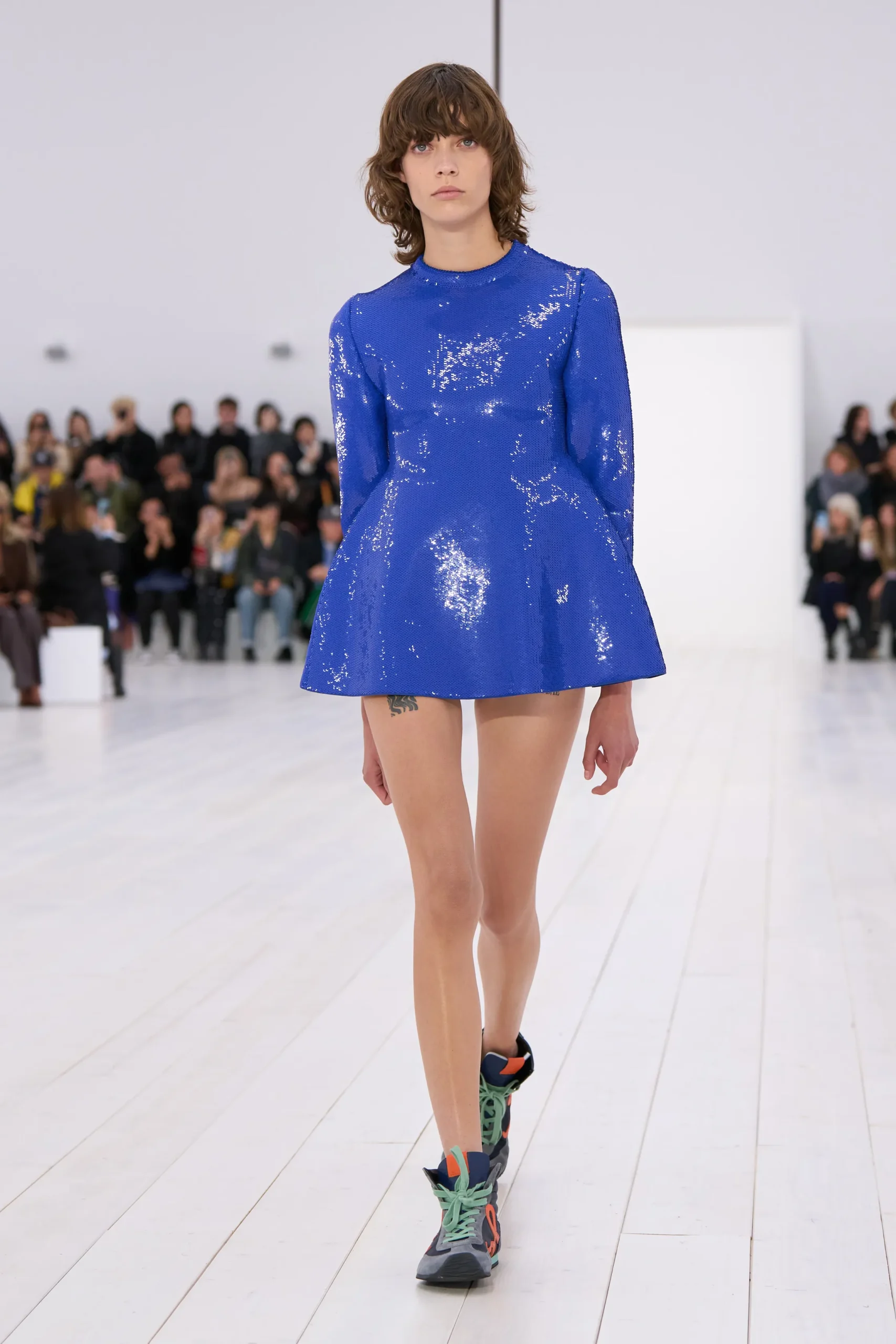
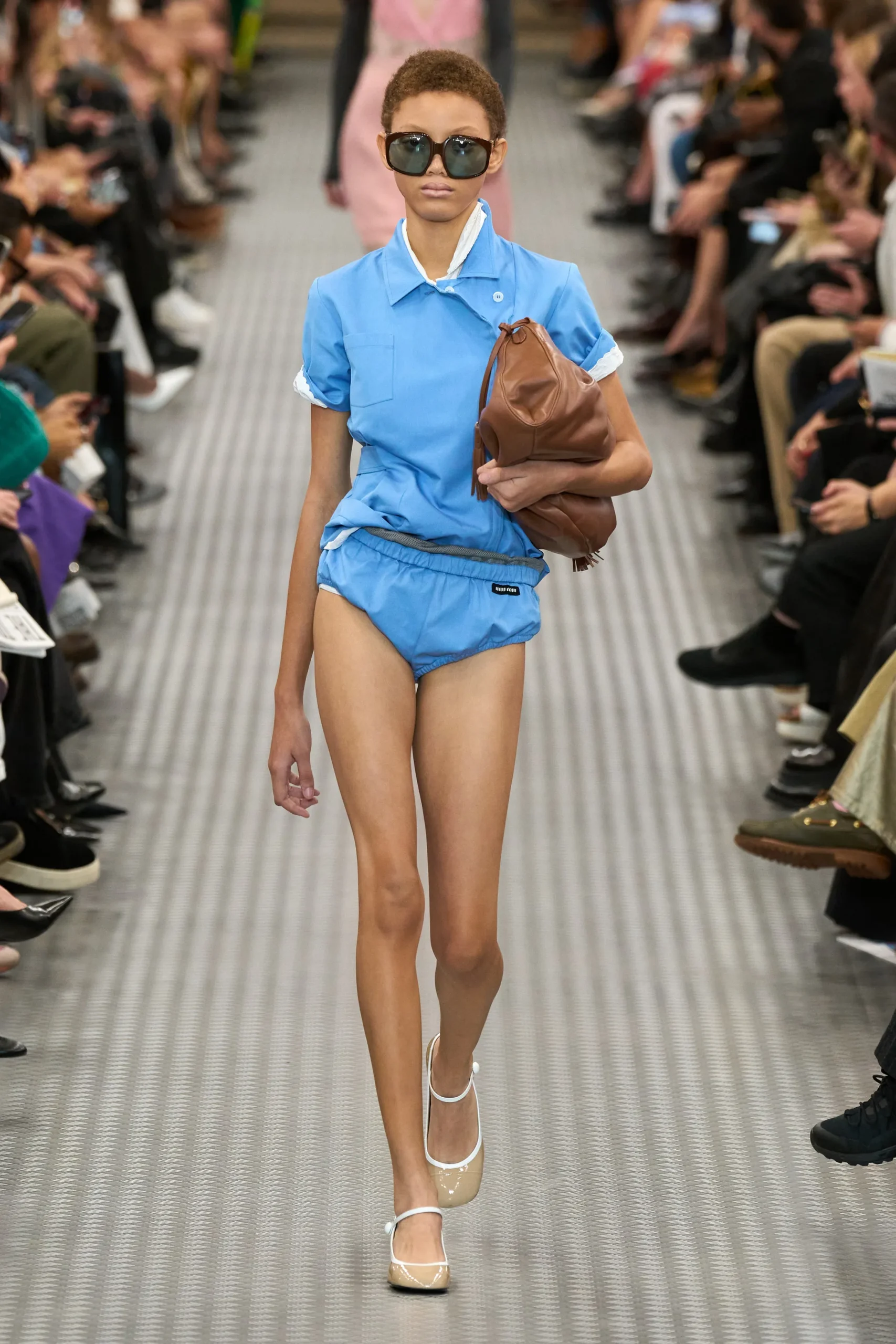
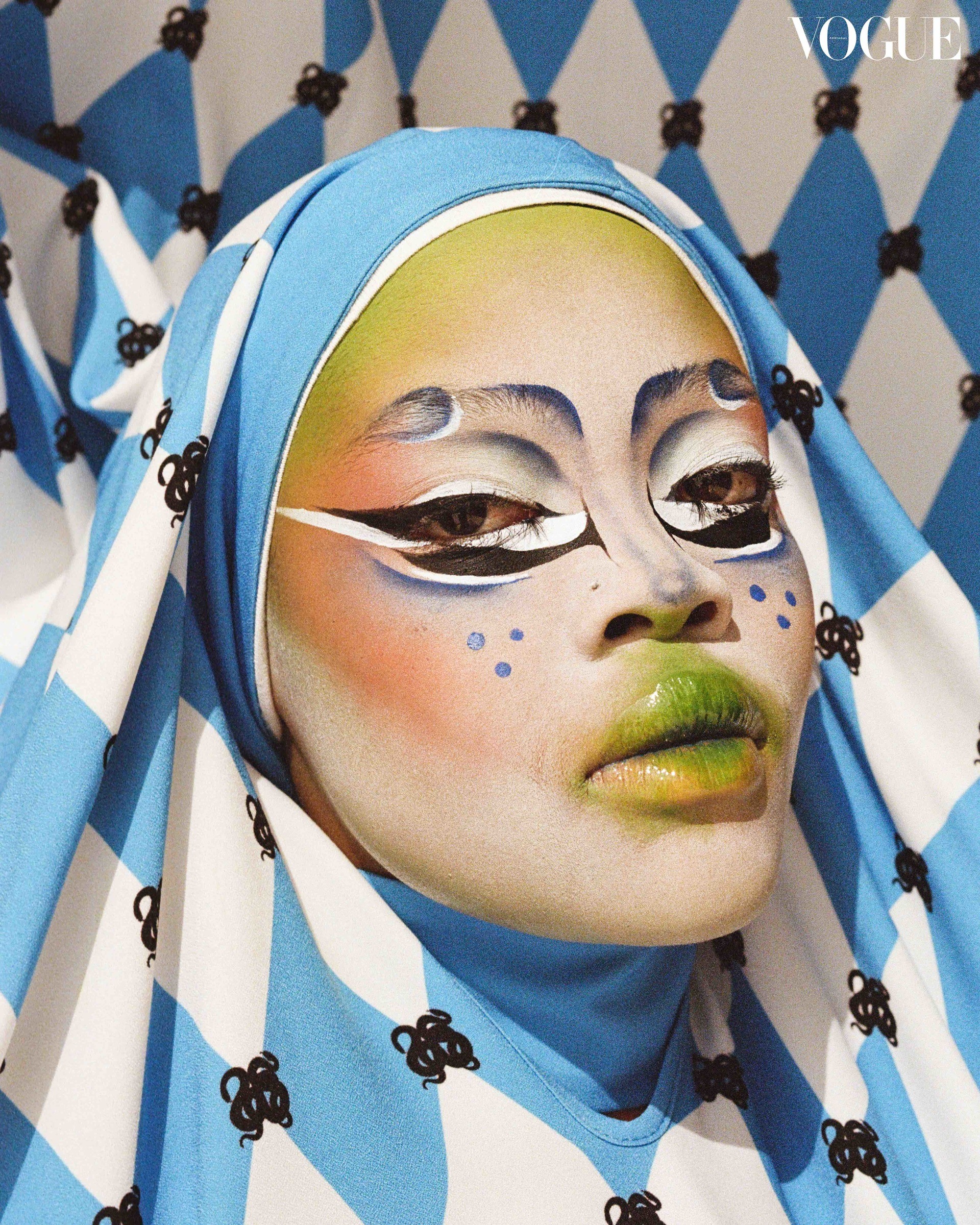
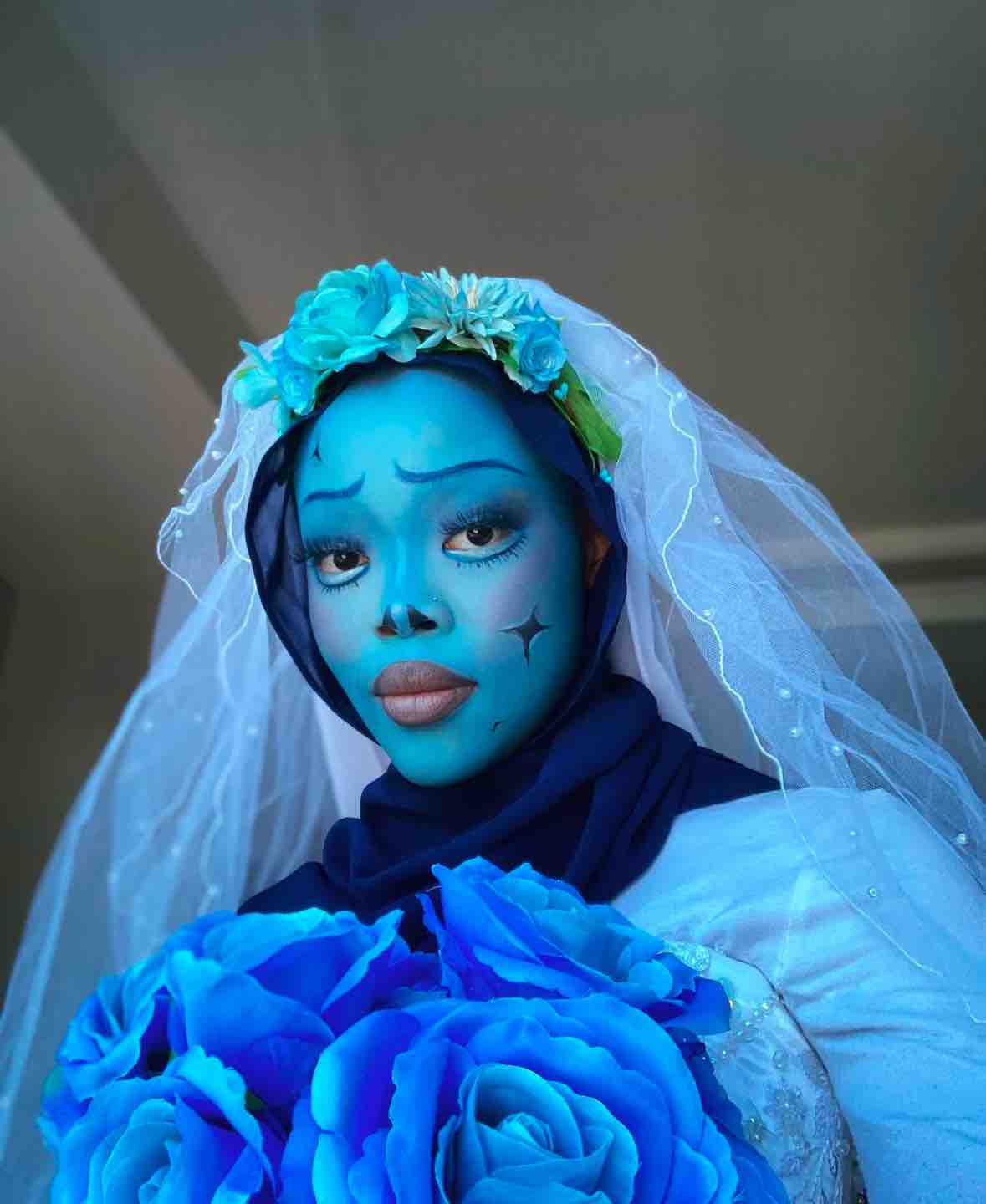
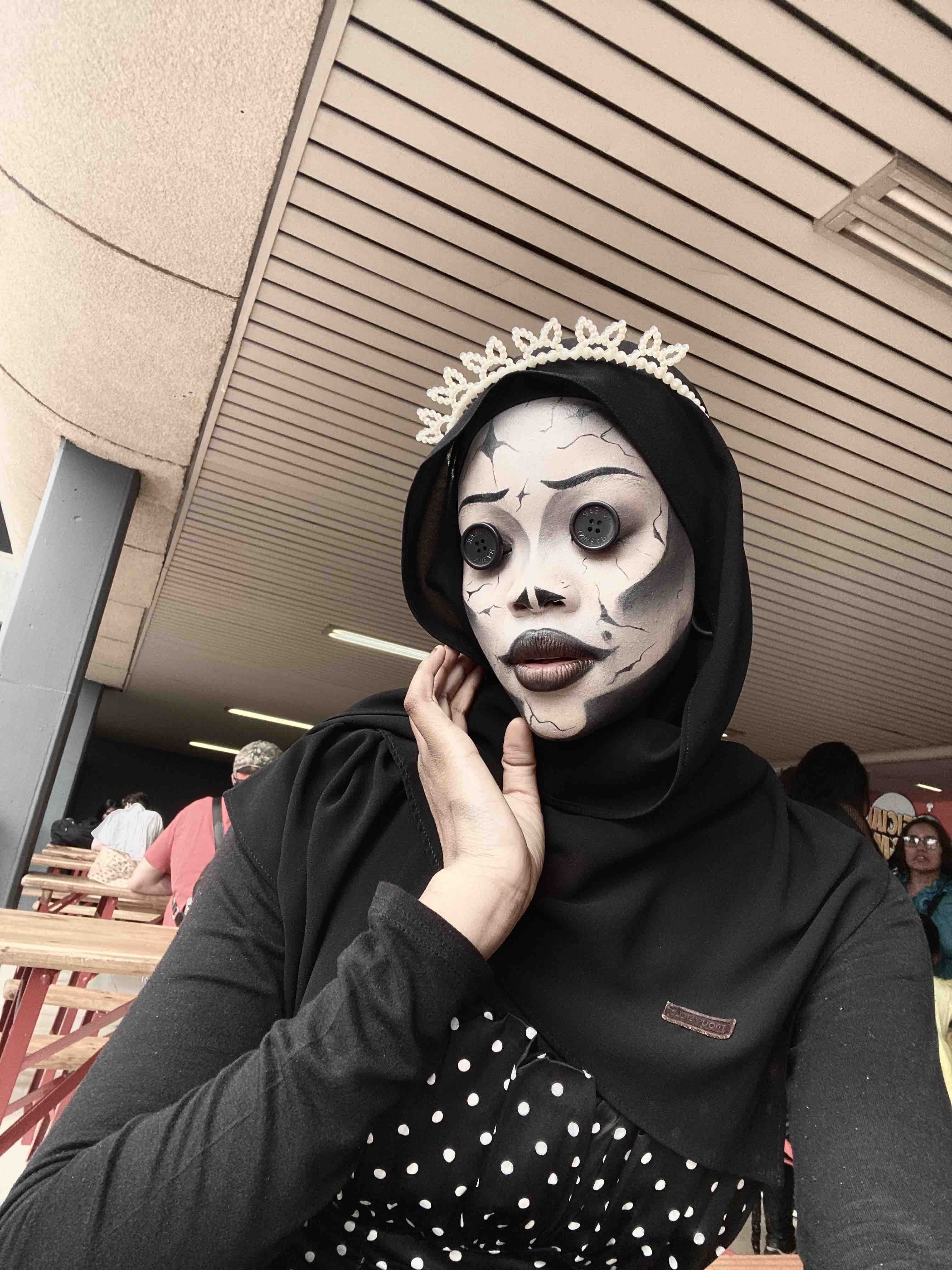

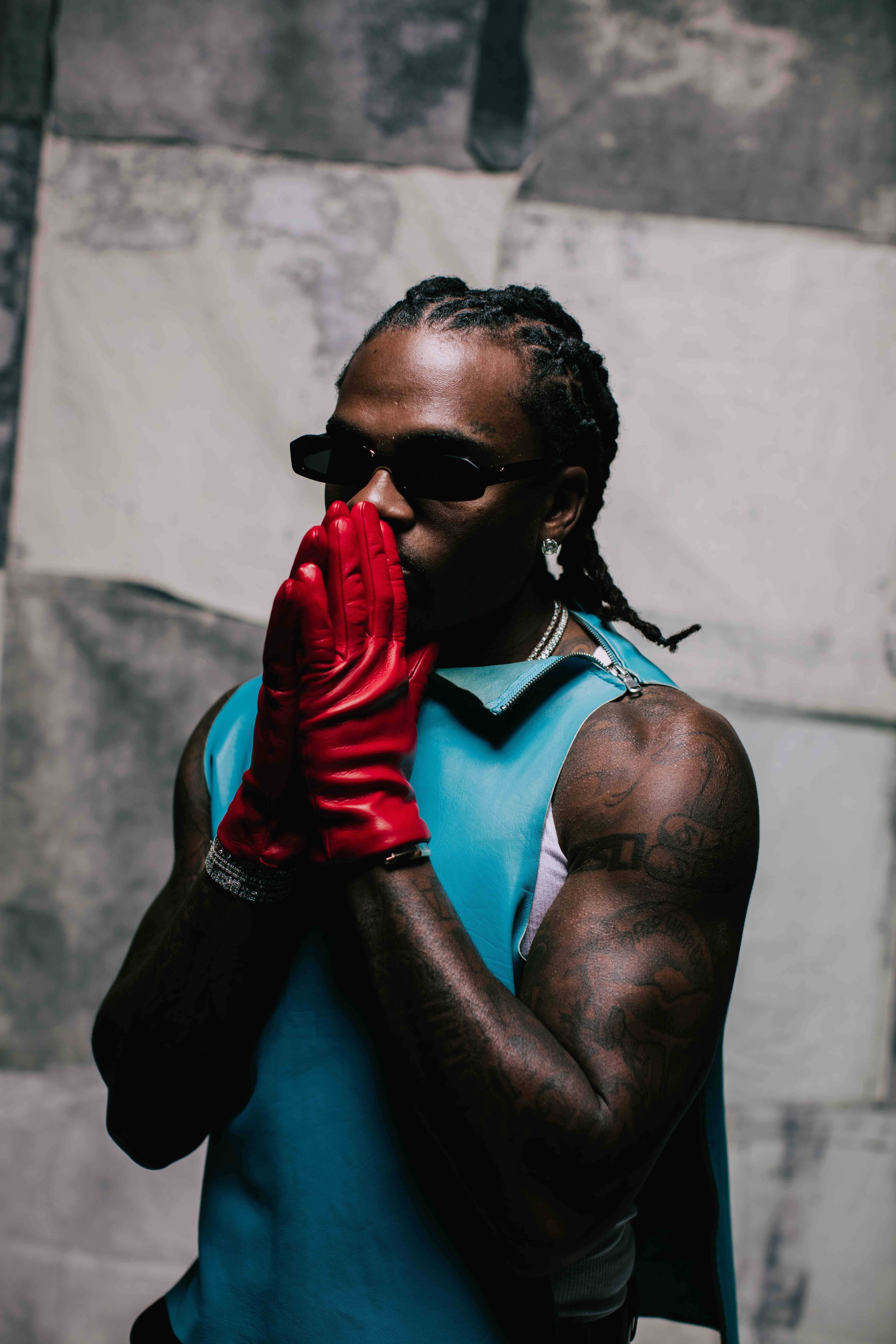



Recent Comments